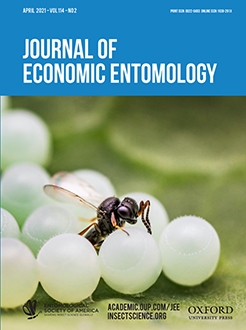Hive design and apicultural processes have not been fundamentally changed since the design and commercialization of the Langstroth moveable frame hive in 1854. Colonies of Apis mellifera Linnaeus (Hymentoptera: Apidae) (the honey bee) maintain a brood nest temperature within the narrow range of 34.5–35.5°C, critical for brood development. Apis mellifera invest considerable energy to maintain hive homeostasis through behavioral modification of the hive environment. Human honey-harvesting processes and removal of the honey-filled comb (a source of thermal mass) have a detrimental impact on hive temperature that requires an increased investment of energy to rectify. This additional energy demand on the bees is a form of stress to the colony and diverts workers away from other essential tasks to that of environmental management. We investigated the thermal energy loss resulting from the removal and extraction of honey, the rate of thermal loss of an Australian standard Langstroth 10 frame hive, and the effect of honey and wax as a thermal mass in unoccupied bee hive. The results demonstrate that considerable energy expenditure would be required to rectify the hive thermal environment after honey harvesting or honeycomb frame addition. Honey provides thermal mass in the beehive, acting as a thermal buffer to external temperature change, which may mediate part of the thermal losses from the simplistic design of the Langstroth hive. Identification of these impacts in current apicultural practice and hive design allows for the improvement in the design of beehives and associated practices. These improvements may reduce stress to the bee colony, increasing colony efficiency for pollination and nectar foraging.
How to translate text using browser tools
11 March 2021
Thermal Impacts of Apicultural Practice and Products on the Honey Bee Colony
Daniel Cook,
Alethea Blackler,
James McGree,
Caroline Hauxwell
ACCESS THE FULL ARTICLE
It is not available for individual sale.
This article is only available to subscribers.
It is not available for individual sale.
It is not available for individual sale.

Journal of Economic Entomology
Vol. 114 • No. 2
April 2021
Vol. 114 • No. 2
April 2021
apiculture
bee
hive
Langstroth
temperature




